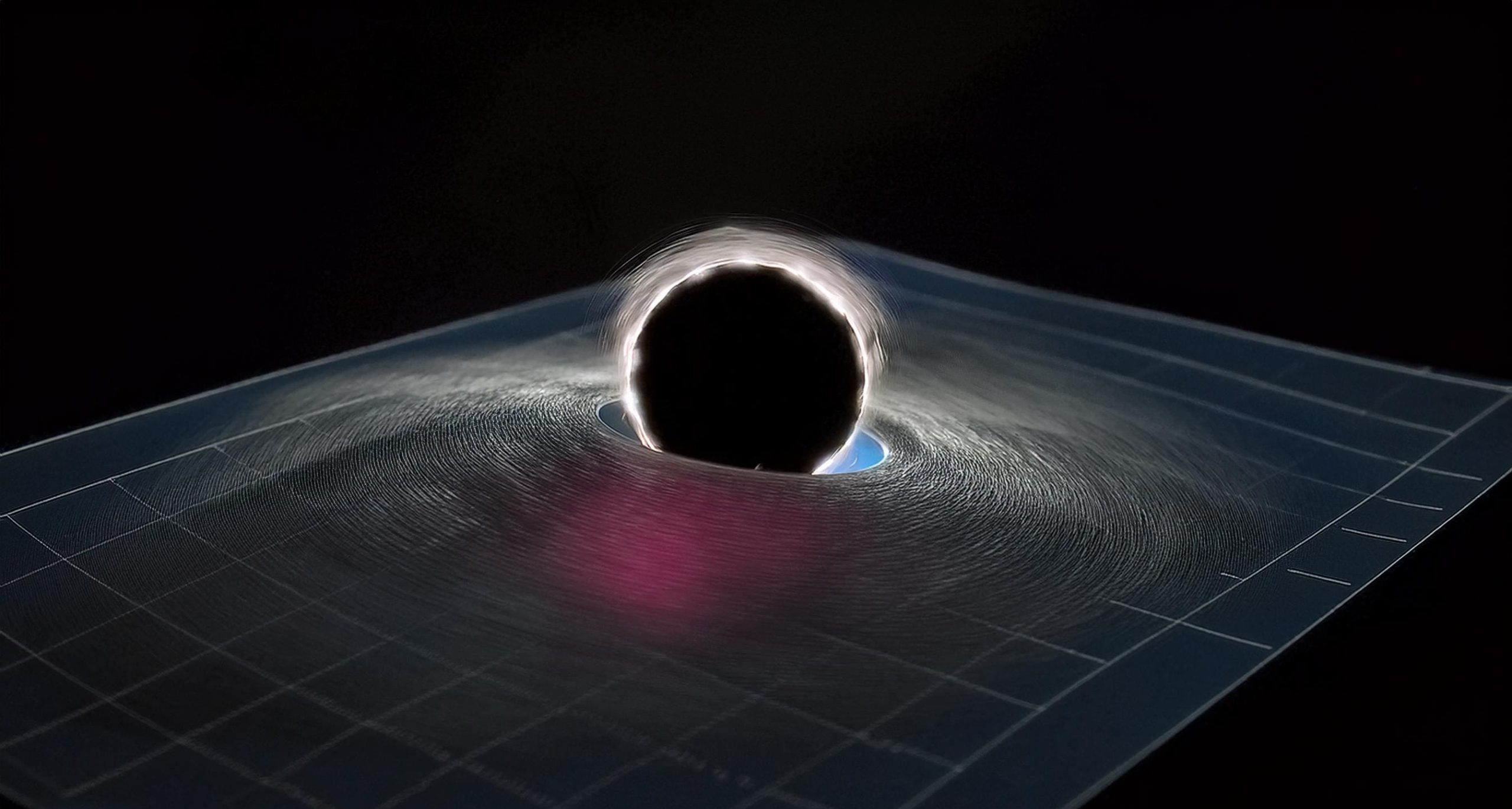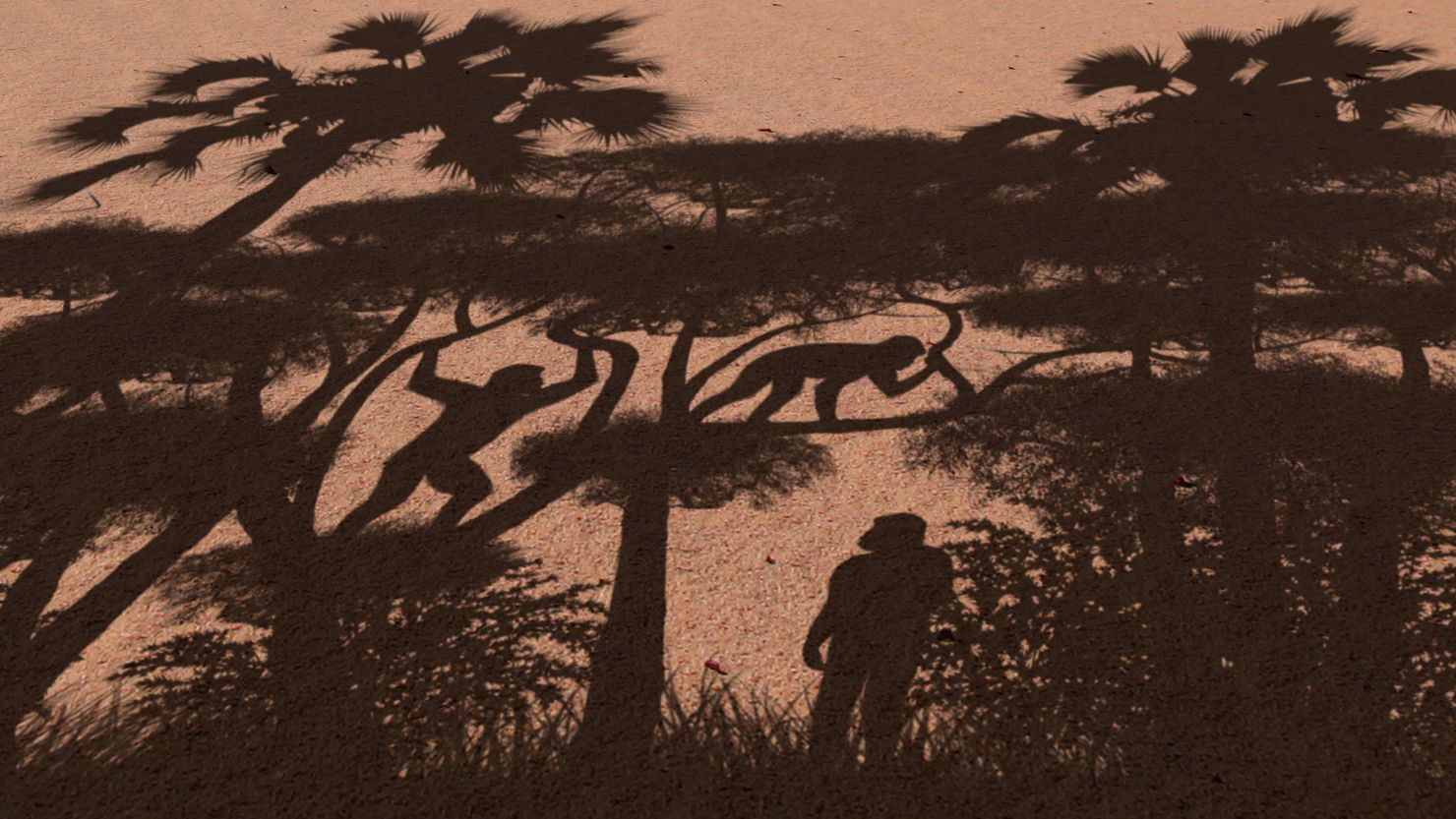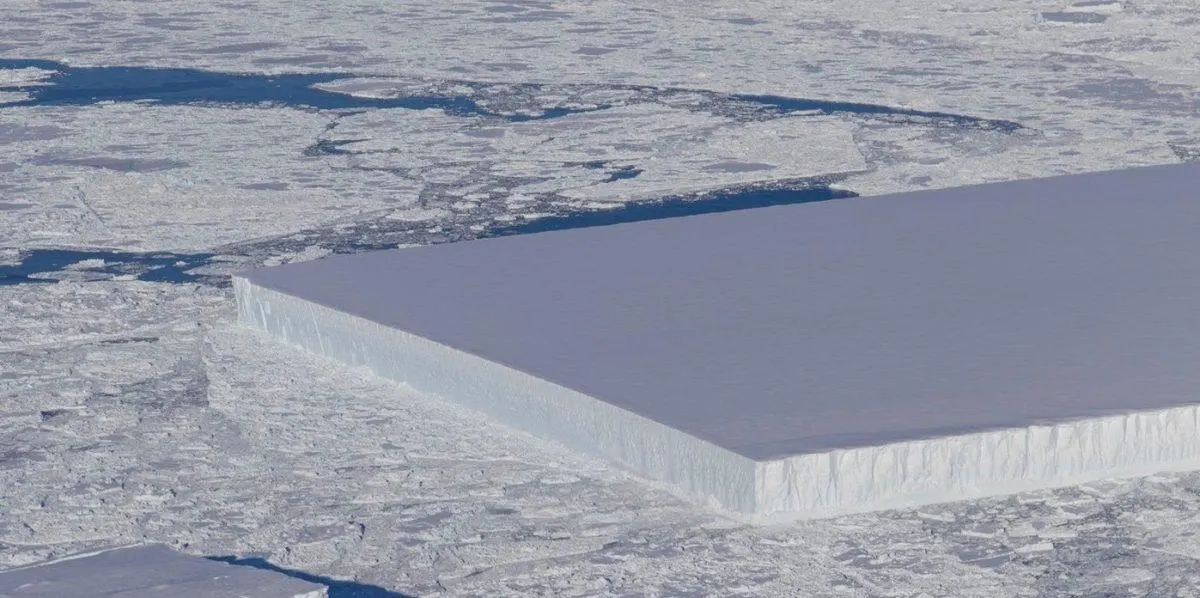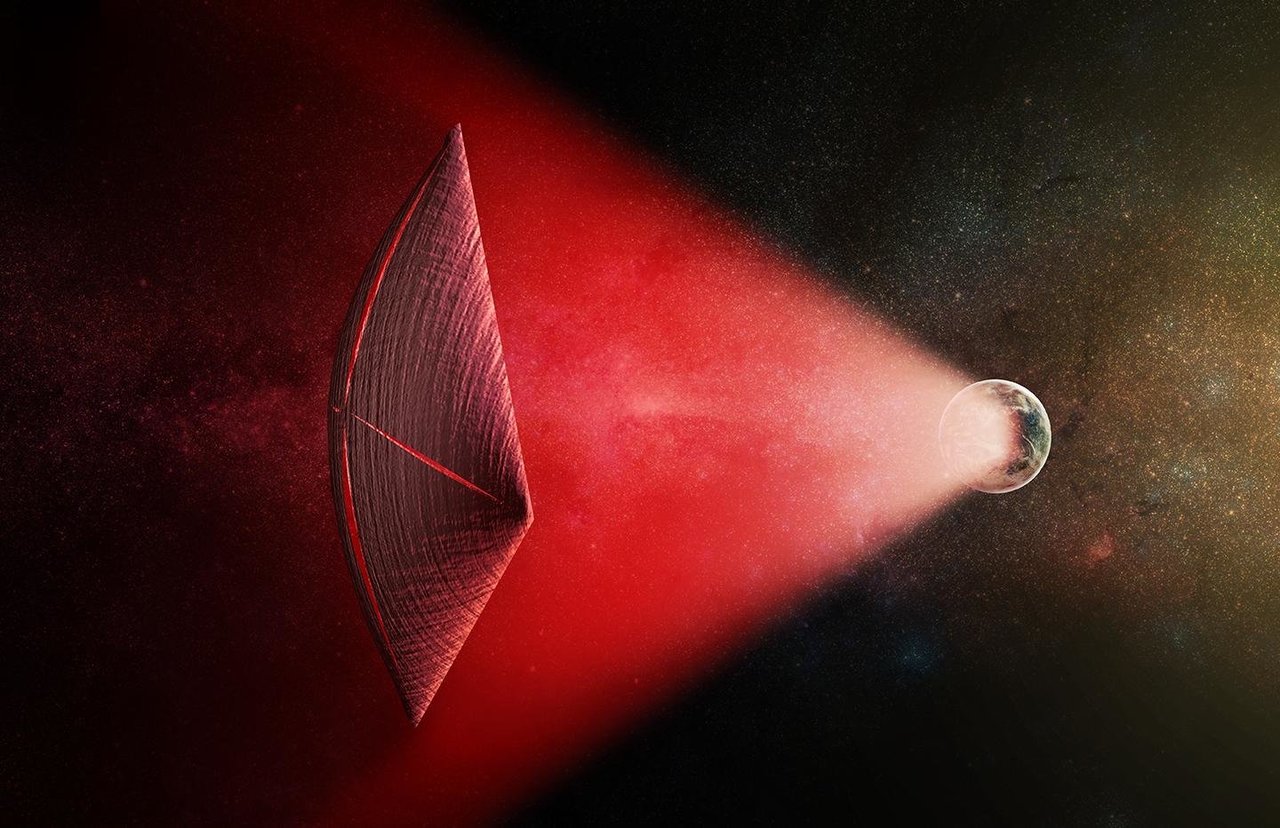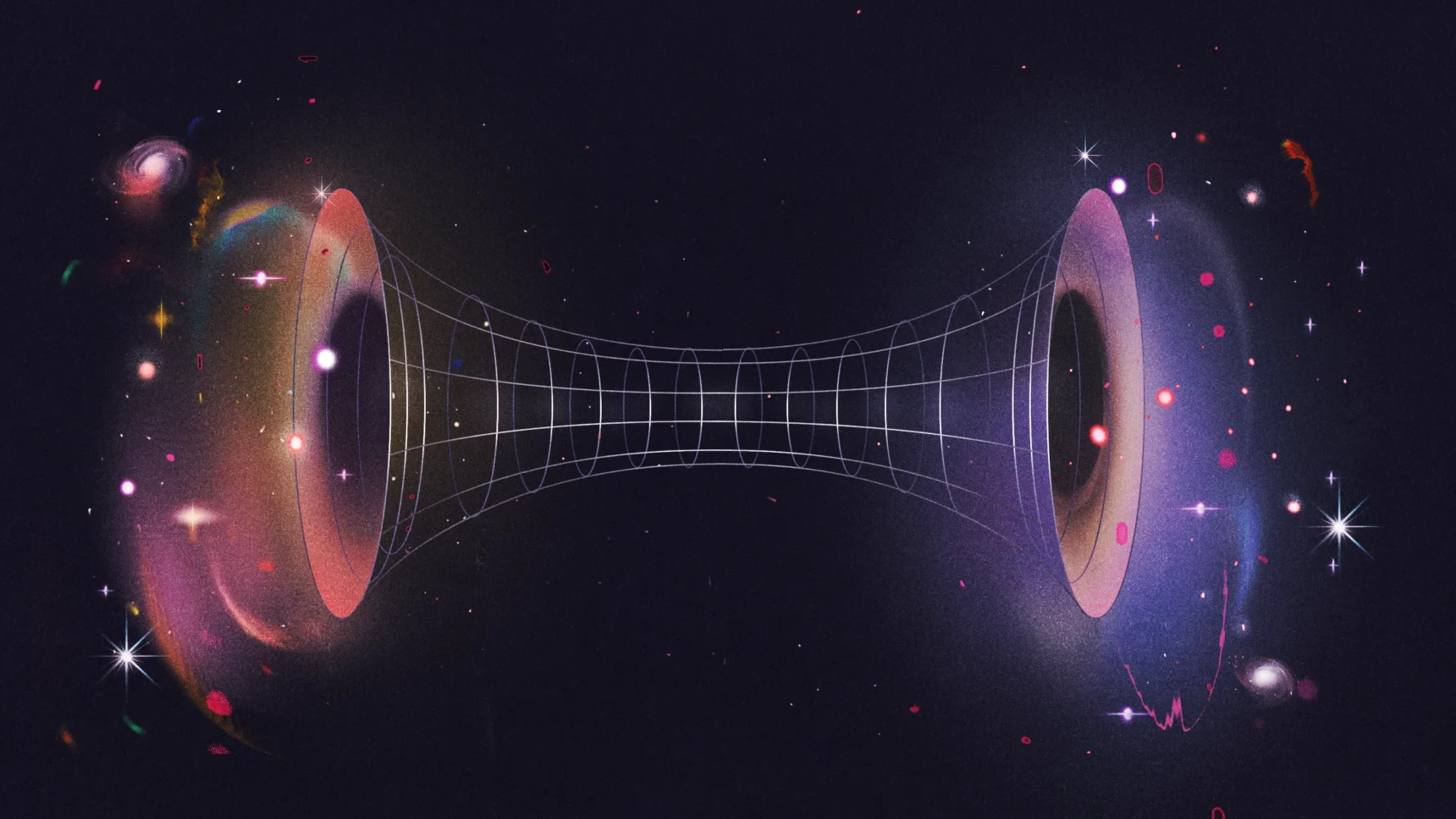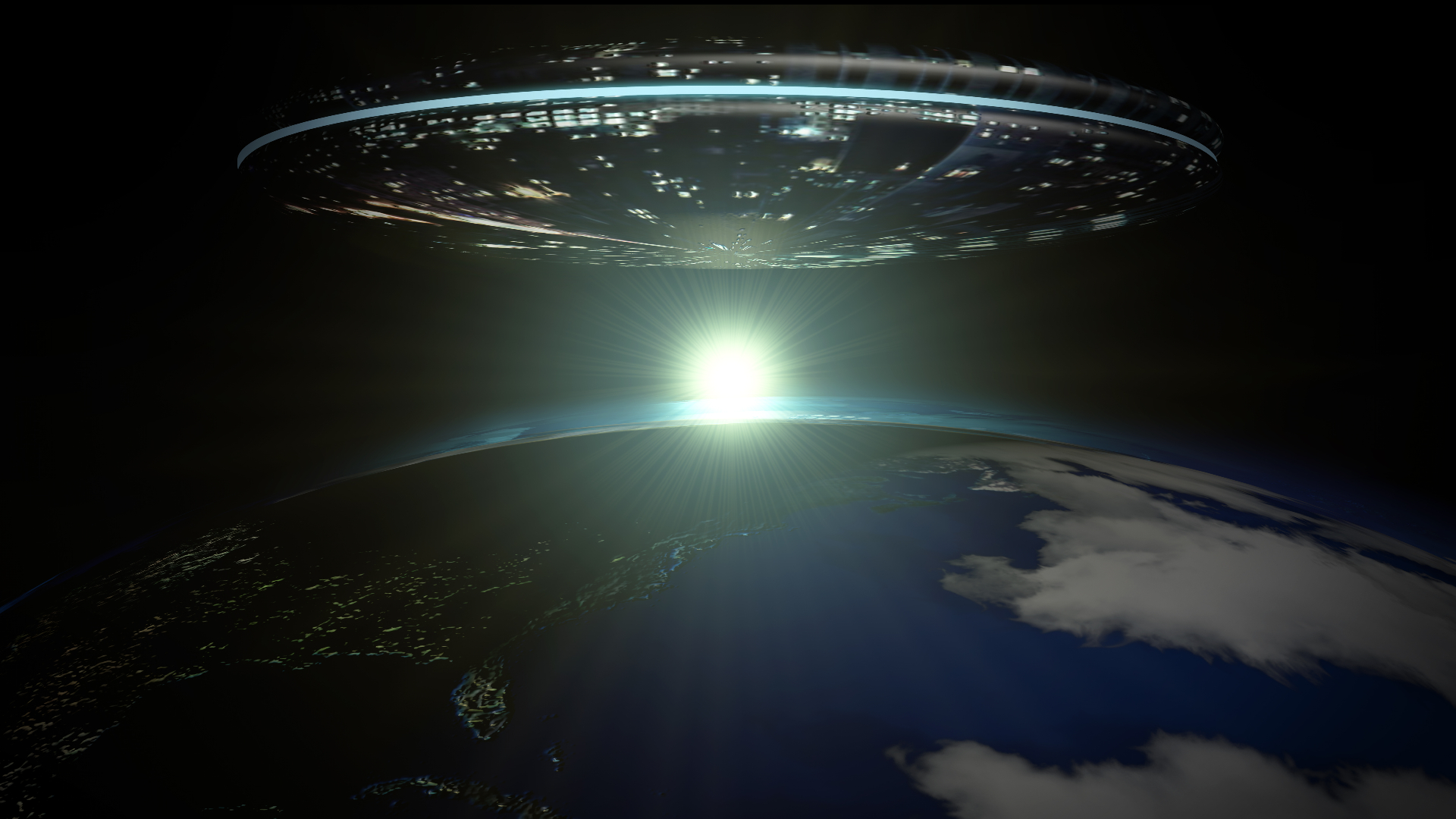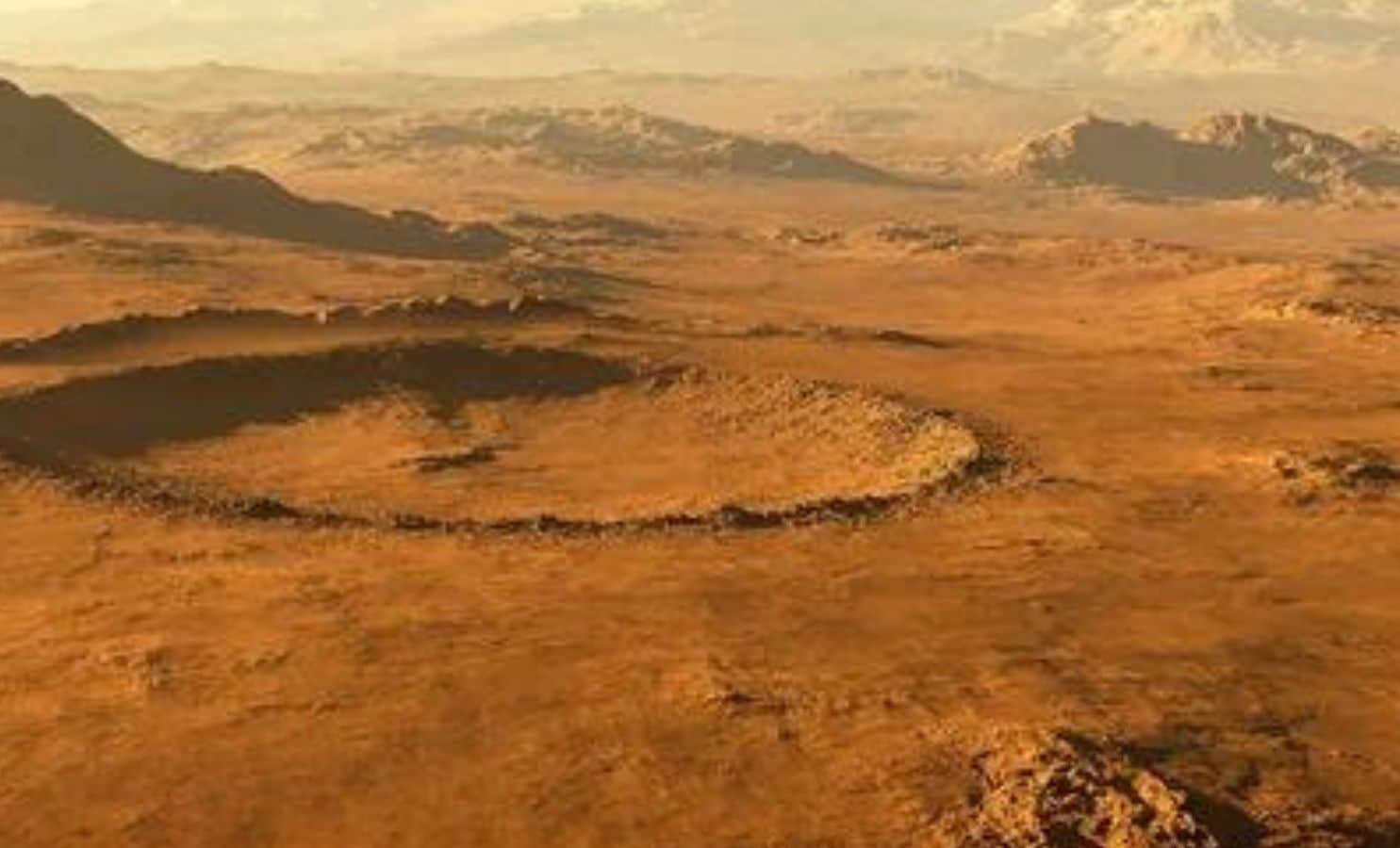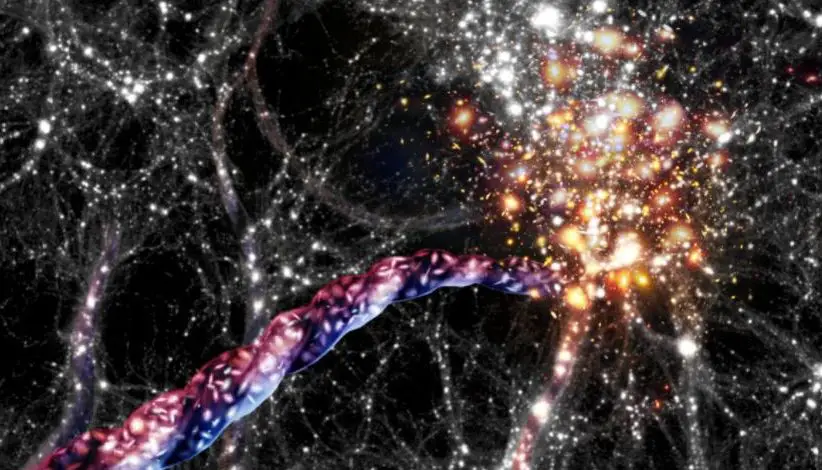
Astronomers Just Found Possibly The Largest Rotating Structures in The Universe
Cosmic filaments may be the biggest spinning objects in space TL;DR Scientists have discovered that cosmic filaments, the largest known structures in the universe, are rotating. These massive, twisting filaments of dark matter and galaxies stretch across hundreds of millions of light-years and play a crucial role in channeling matter to galaxy clusters. The finding…
